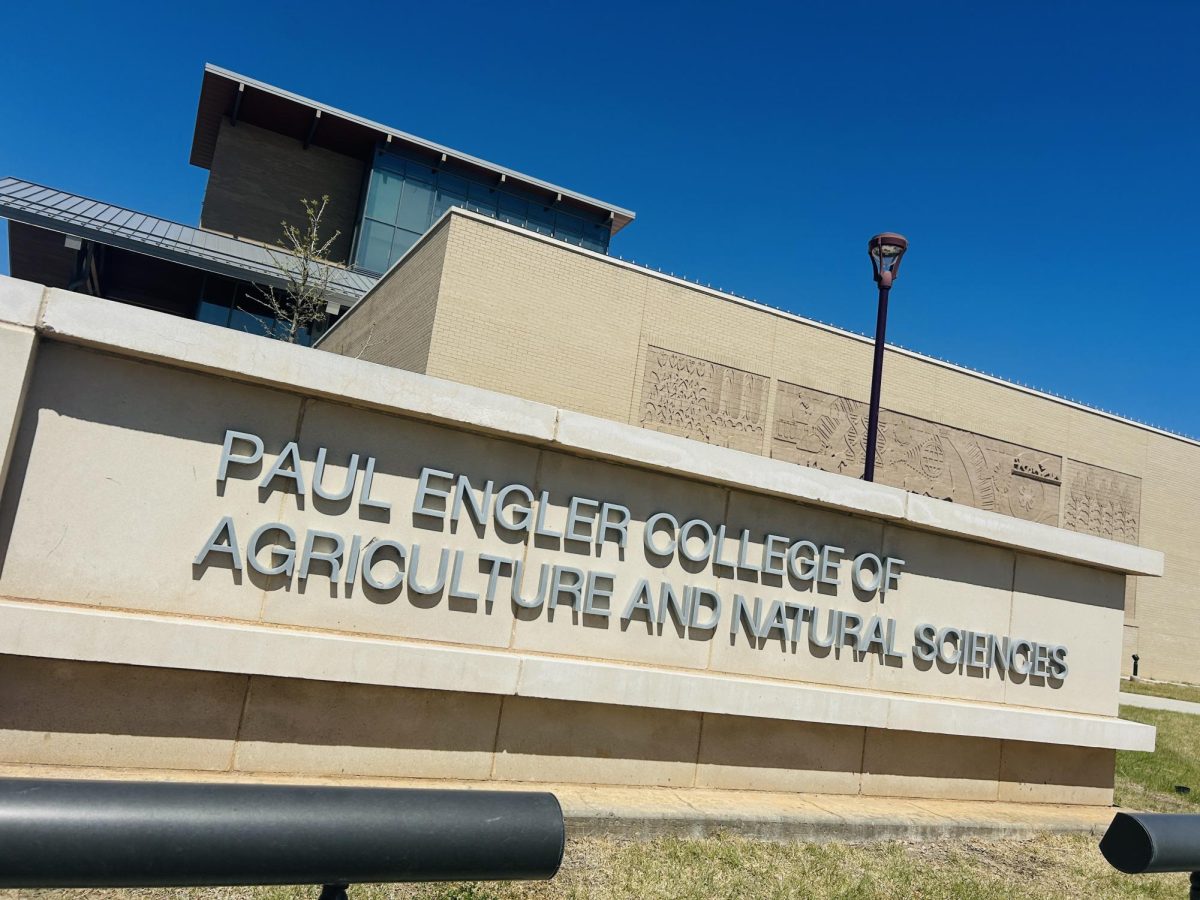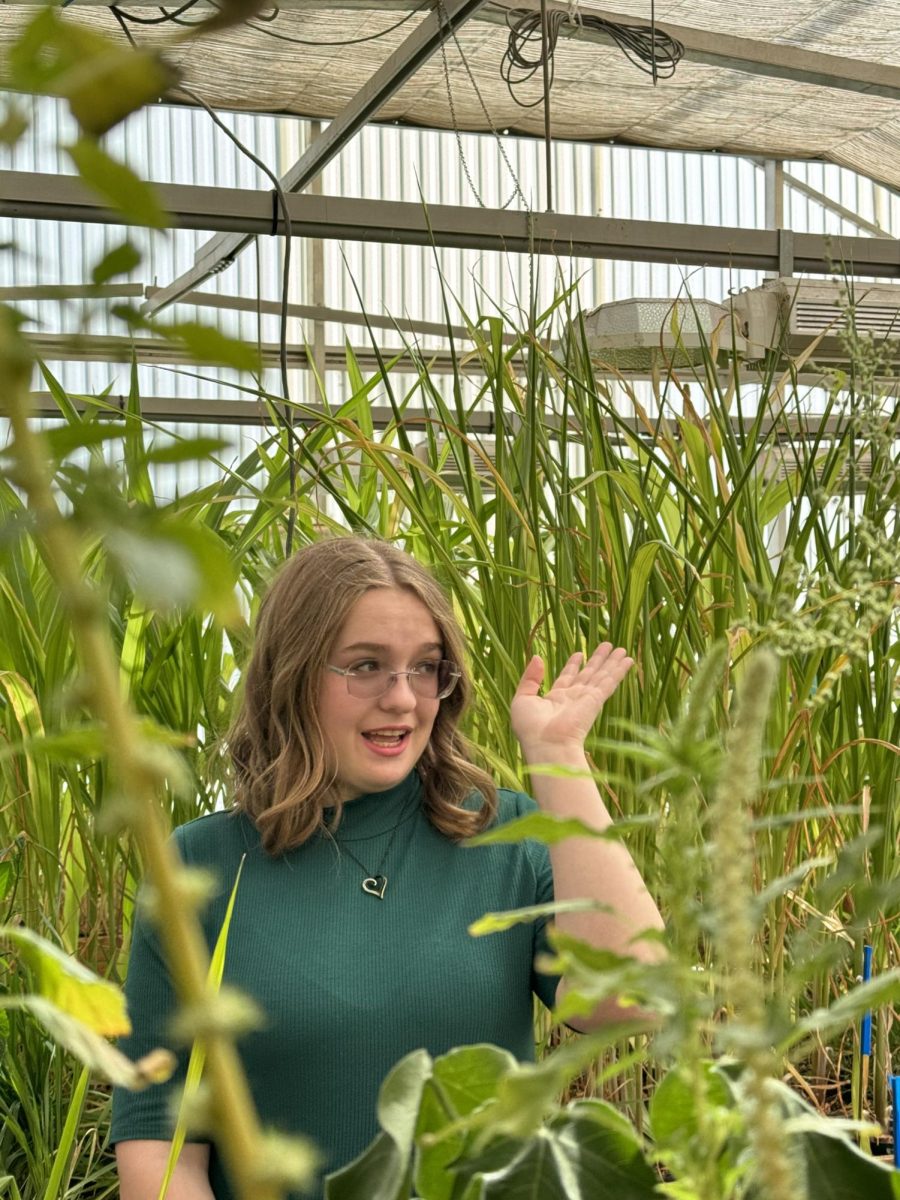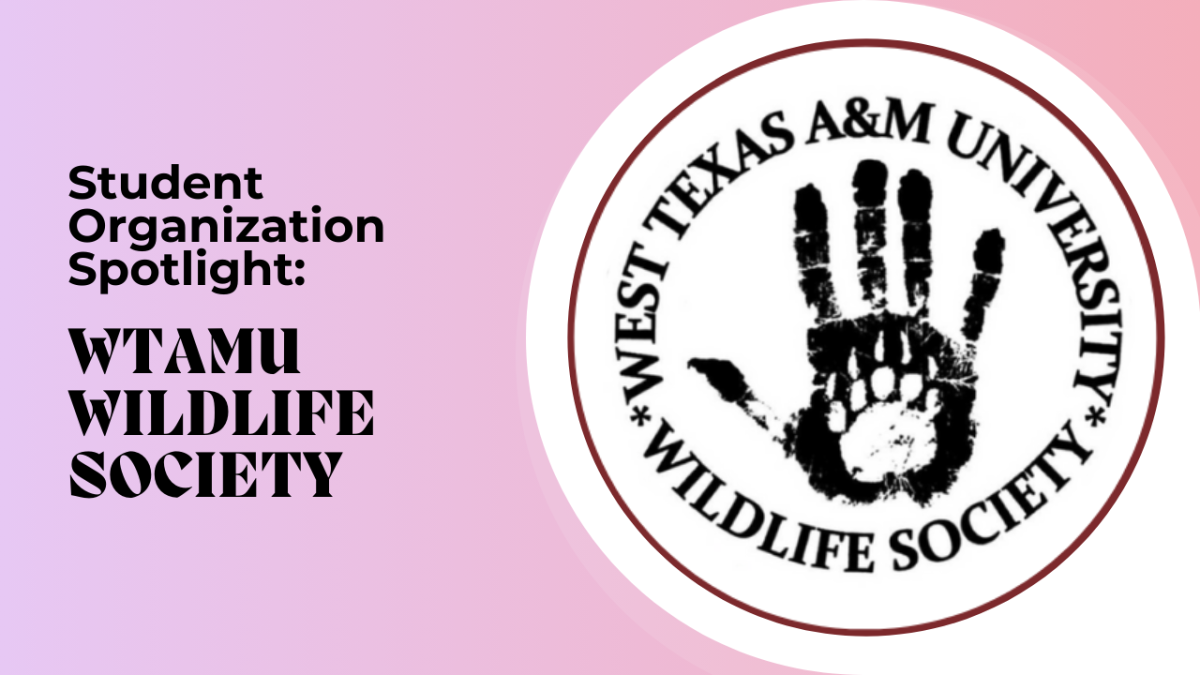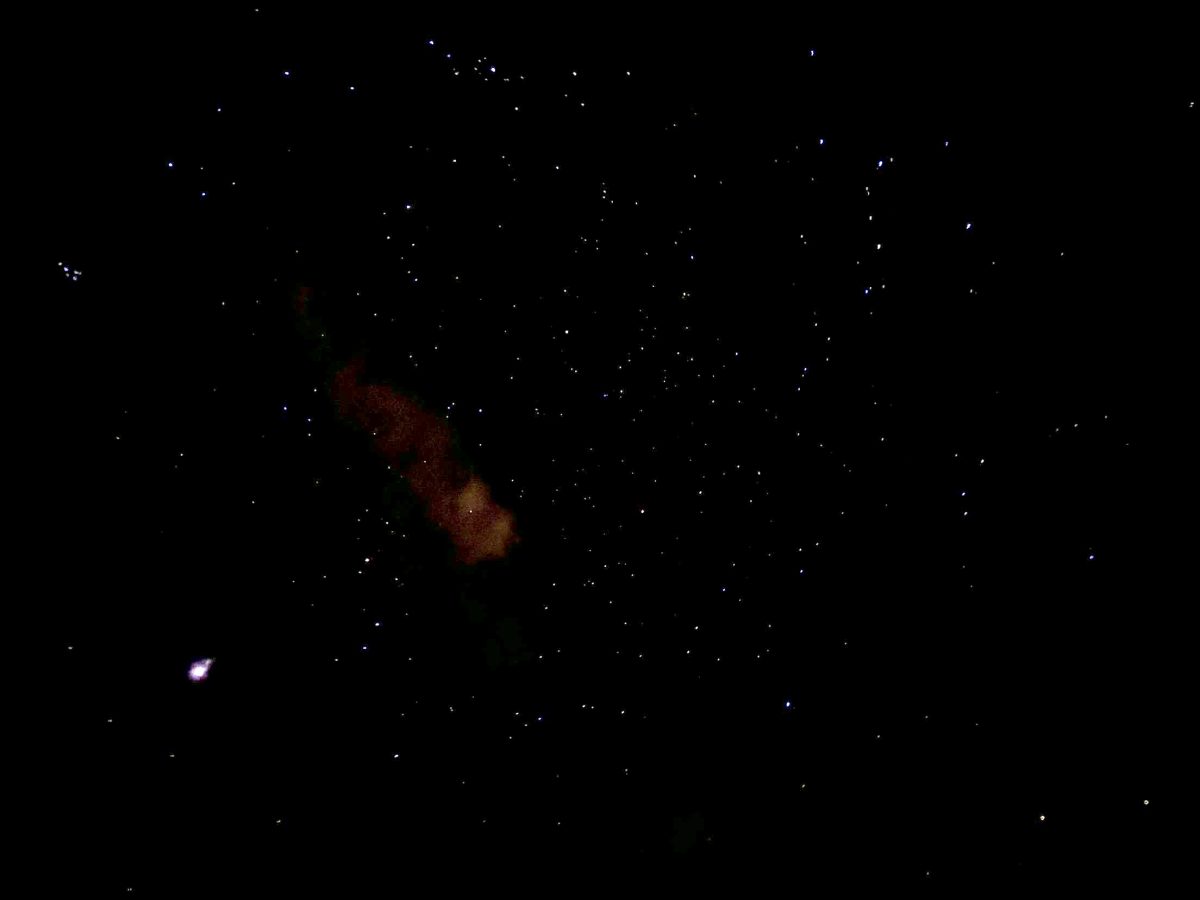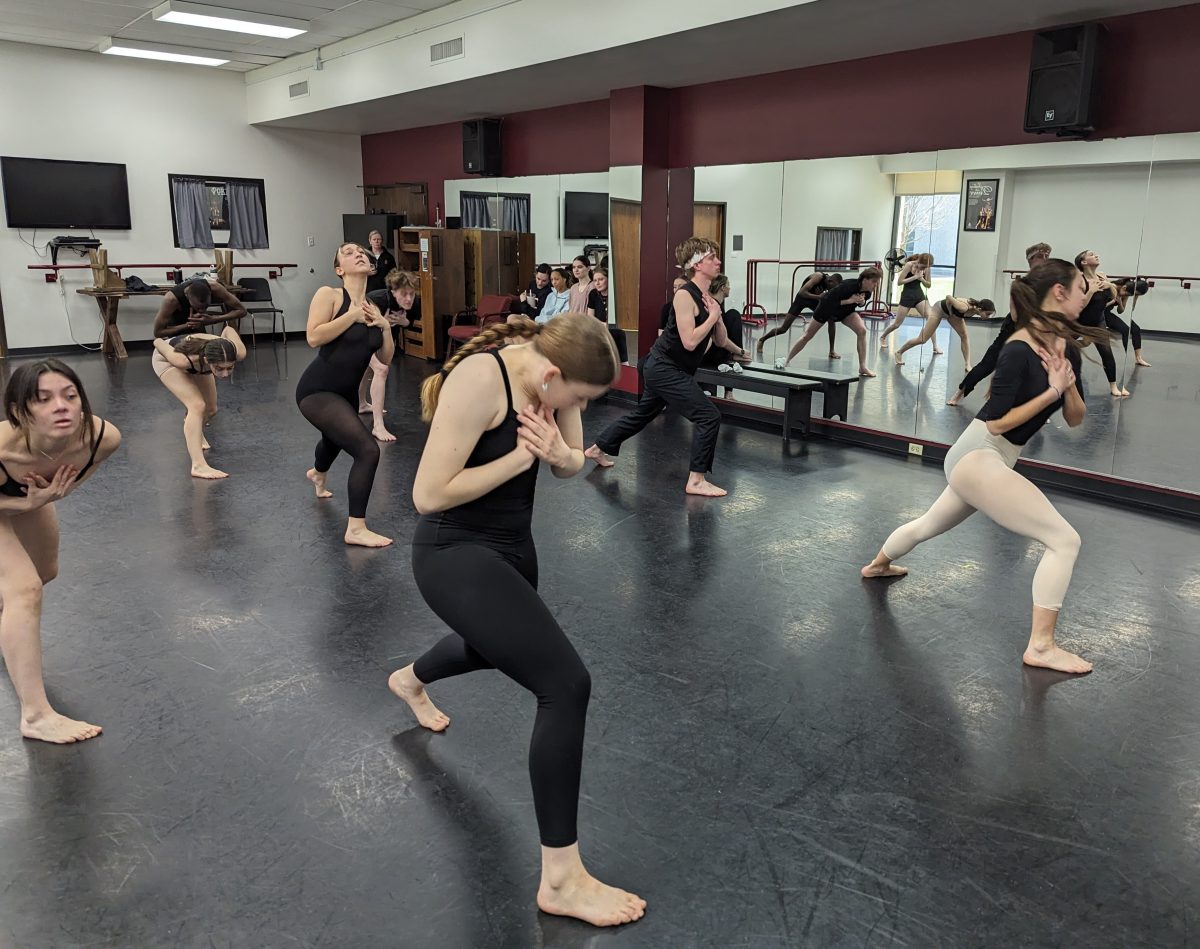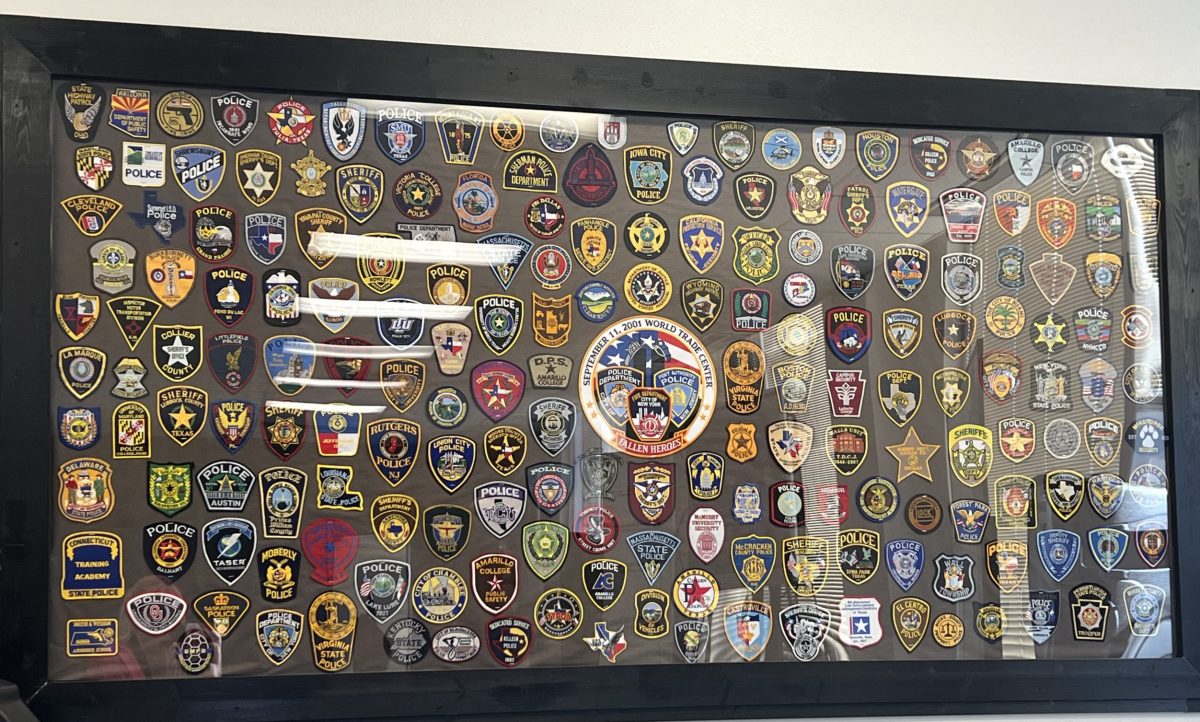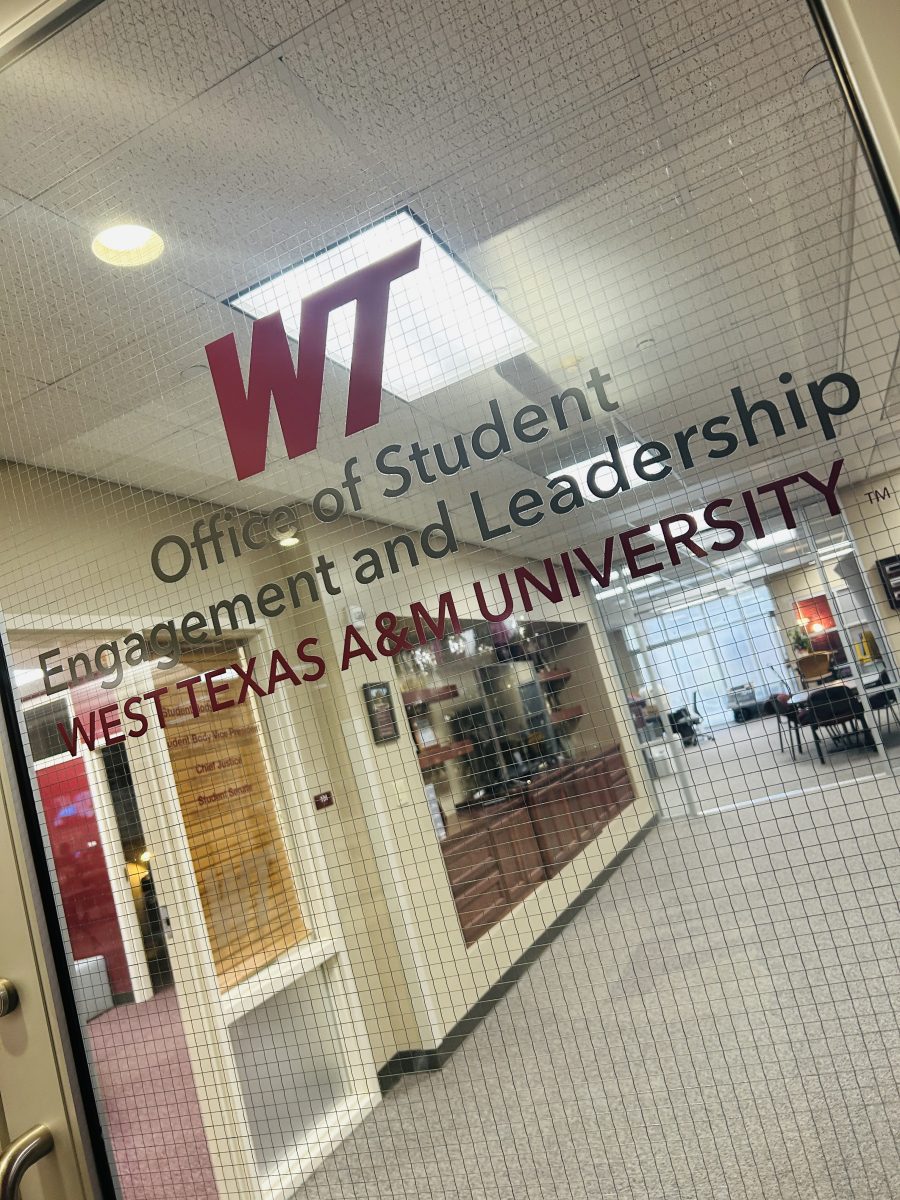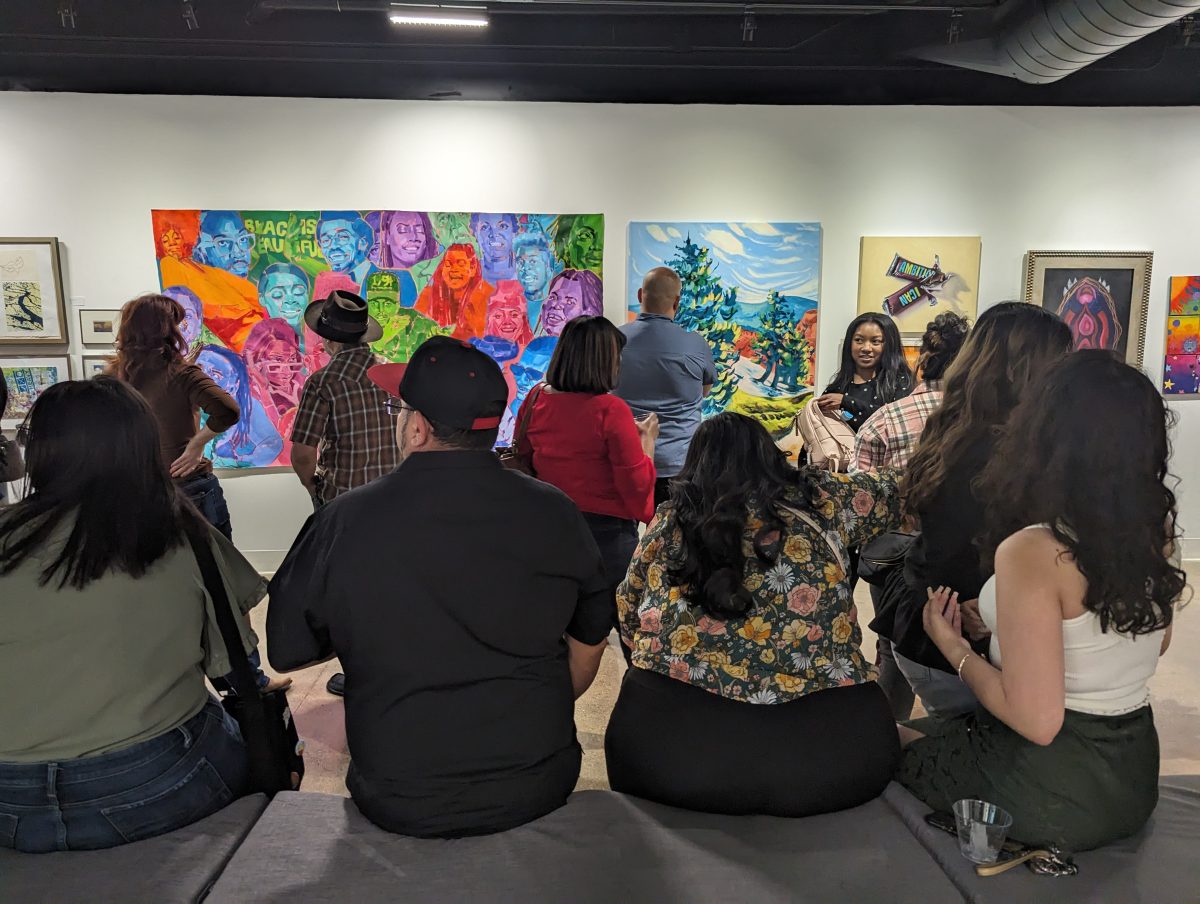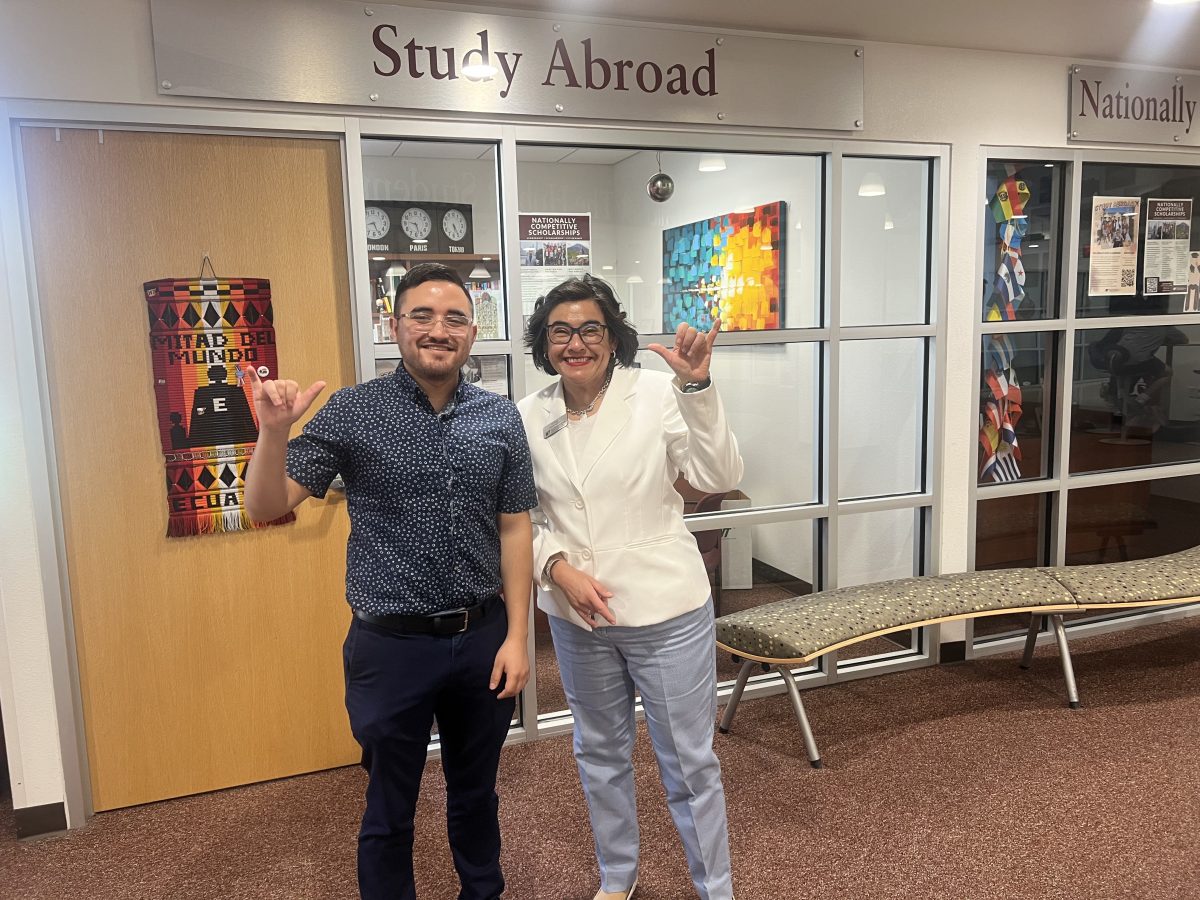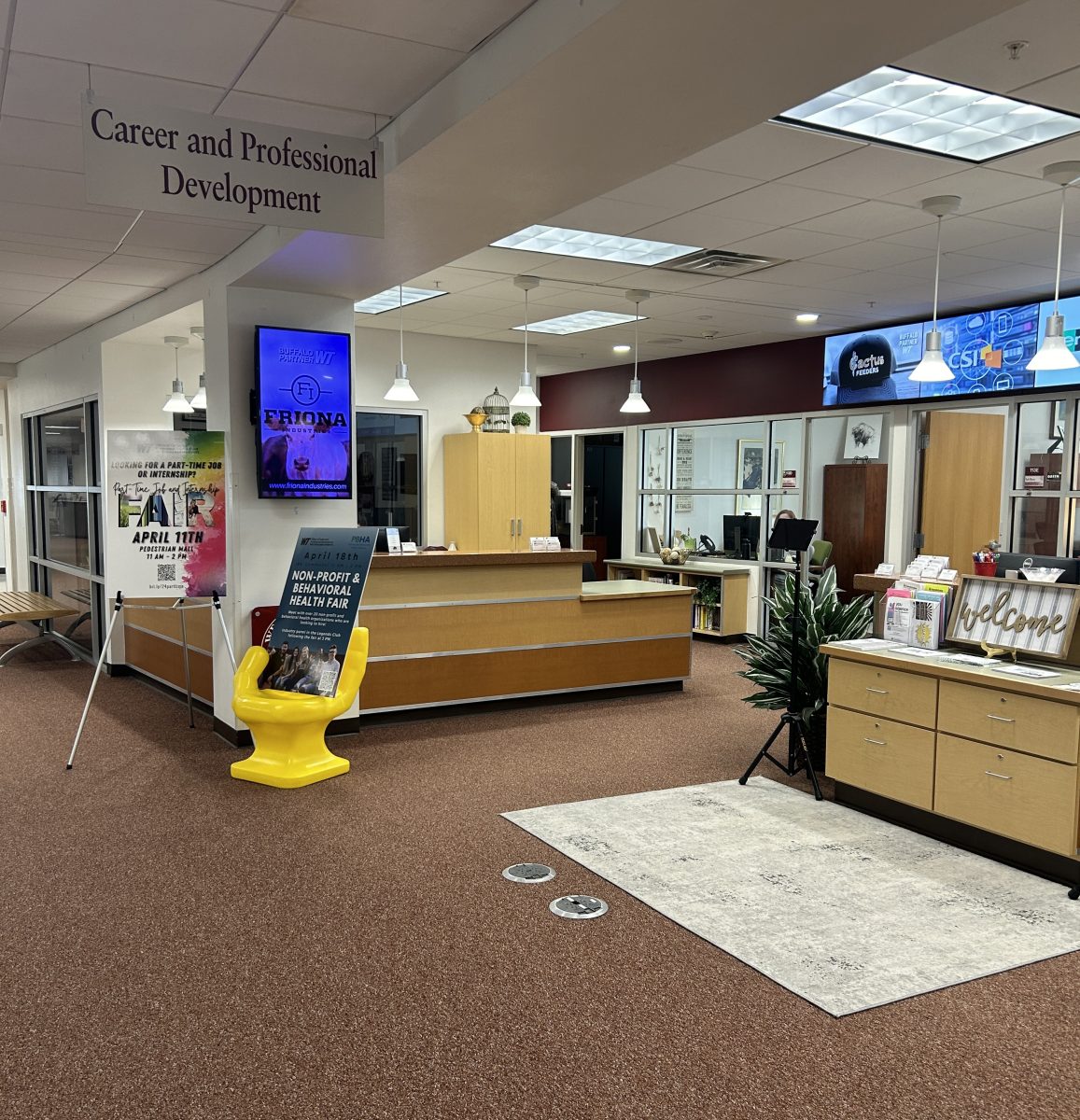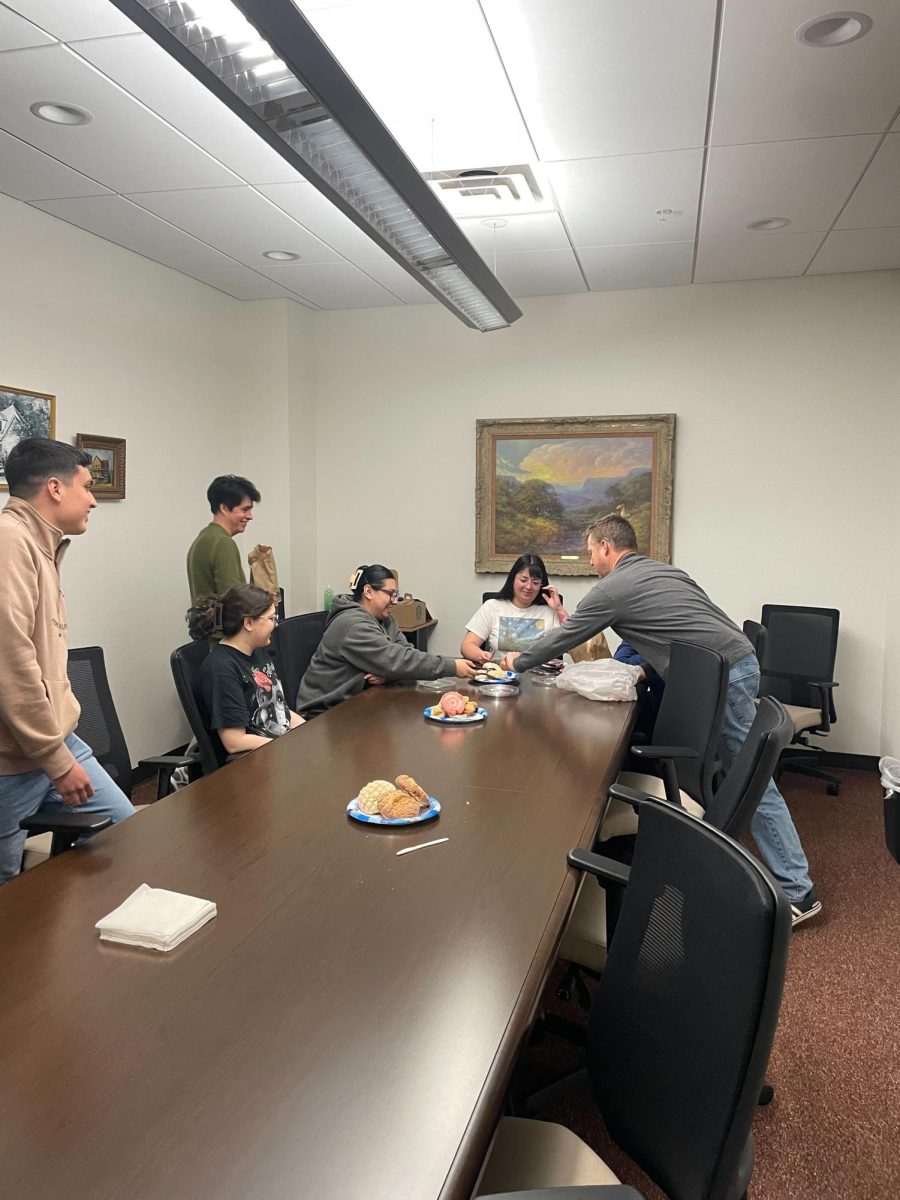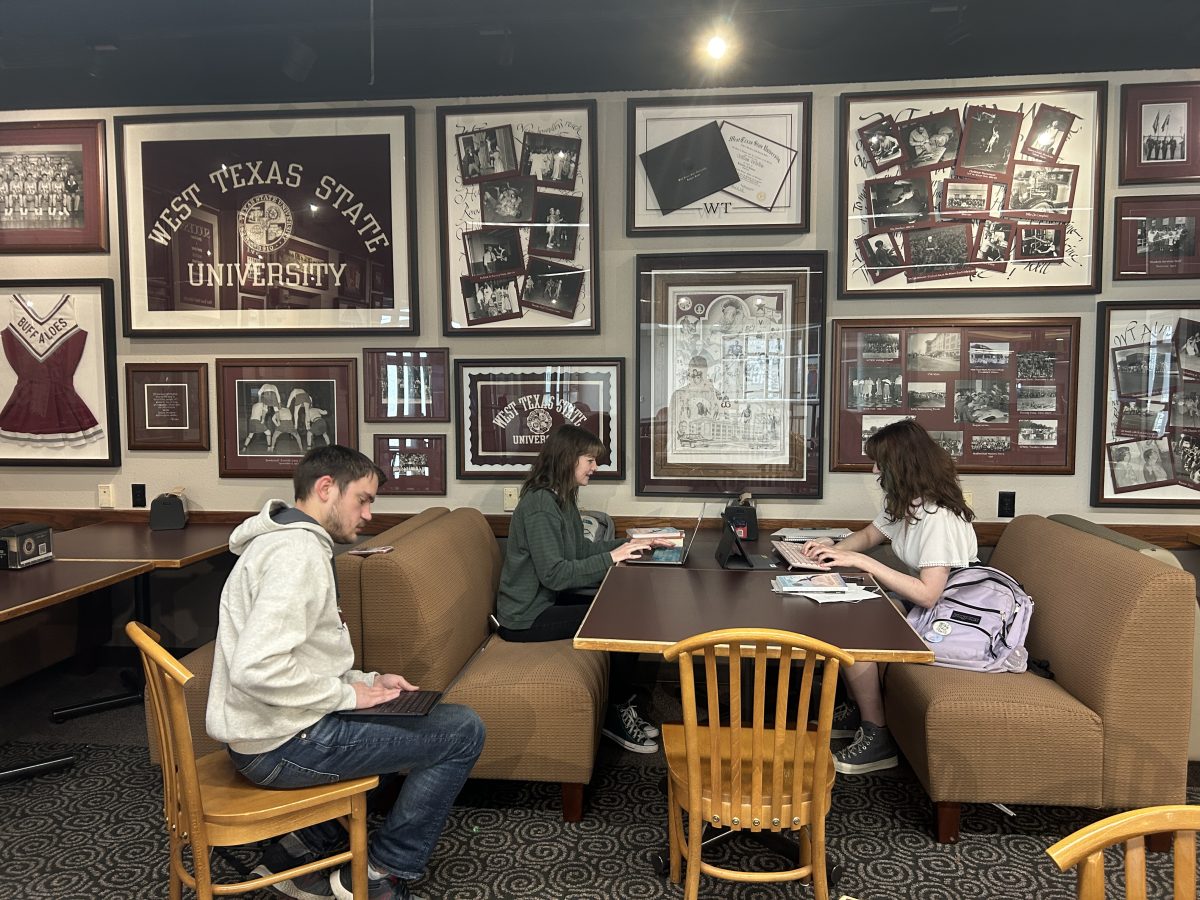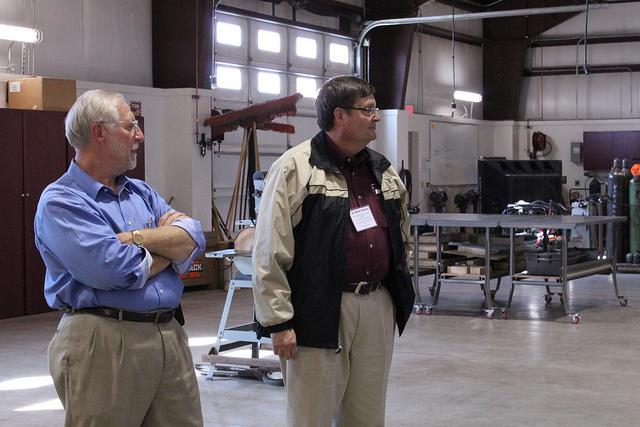
WTAMU welcomed the council of agricultural administrators to its campus on Oct. 18-19 for a meeting intended to better coordinate the agricultural leaders of the Texas A&M University system.
“The council of Ag administrators goes back to 1997 when the Texas A&M System decided that it would be more advantageous for everybody to work more closely together across the entire state for agriculture,” Associate Dean of Agriculture Dr. Don Topliff said.
Although six separate schools compose the Texas A&M University System, this meeting is to help all of the individual universities better cooperate and form a more united front in the field of agriculture in terms of research, education and leadership.
“We have a business meeting and at that point in time we will be discussing how we can work more closely together,” Vice Chancellor and Dean for Agriculture and Life Sciences at Texas A&M University, Dr. Mark Hussey said. “One of my prime interests is how can we act like a system, and be able to offer courses in agriculture throughout the A&M System, maybe courses that for some reason WT currently isn’t offering, we might be able to help offer these courses.”
In addition to discussing graduate level courses, courses and research projects all throughout the field of agriculture were discussed at this meeting.
“We have to remember that the A in A&M stands for agriculture.” Dr. Hussey said.
According to Dr. Dean Hawkins, department head of Agriculture at WT “there are some of the sister institutions that have strengths and some that have weaknesses, so if we could establish either student exchange and/or research collaboration that would be one of the areas we would be looking at.”
This meeting not only allowed for better communication and collaboration between the individual universities that compose the A&M System, but also allotted for an opportunity to better prepare for the budget cuts that may be in the System’s future.
“A lot of the things that we spent time talking about [were] how we could share courses through distance education.” Topliff said. “For example, A&M Kingsville has a pretty good wild life and rangeland program, and we have an excellent wildlife biology program…if they could teach a course at a distance dealing with range and the interaction with range and wildlife that would be something our students could benefit from.”
Topliff noted that WT has its own areas of expertise in comparison to the other System schools that set WT apart.
“We have a lot of expertise in the fed cattle area,” Topliff said. “We might be able to share a course in ruminant nutrition. The idea is to maximize the use of the state’s resources, and minimize the effects of the budget cuts on students and faculty.”
The Texas A&M University system is composed of six schools including Prairie View A&M University, Tarleton State University, Texas A&M University, Texas A&M University at Commerce, Texas A&M University at Kingsville and West
Texas A&M University. Each university was represented by a Department Head, Dean, Associate Dean or a combination of those individuals.
“There are fourteen universities in the state that have ag programs, there are six in the A&M system that have ag programs” Topliff said.
“Another purpose of these meetings is to give administrators from around the state a better look at the programs that you have right here at West Texas A&M University.” Dr. Hussey said.
WTAMU has several agricultural facilities and programs that were represented to the council on Oct.18. According to an itinerary provided by Dr. James Clark Assistant Vice Chancellor and Dean of Agriculture and Life Sciences at WT, the council toured the Killgore Research Center, the Air Quality and Odor Research Laboratory, the Fine Arts Complex, the Meat Laboratory, the Greenhouse, the Horse Center, the Stanley Schaeffer Agricultural Education Learning Laboratory, the Nance Ranch and the WTAMU Research Feedlot.
Each facility toured represents a different department related to agriculture. The departments represented were Agriculture Media and Communications; Meat Sciences; Greenhouse, Plant, Soils and Environmental Sciences; Equine Industry and Equine Business; Agricultural Education; and Graduate Research. Each department when visited by the COAA gave a short overview presentation as to who they are and what they do within their department.
Students from Dr. Lance Kieth’s EDSE 4321 teaching methods course were present in the Stanley Schaeffer Agricultural Building when the COAA arrived. This provided an excellent opportunity for the future educators to show firsthand what they do.
“Our presentation was more of a teaching type setting,” Dr. Kieth said. “It gave the students an opportunity to think on their feet, put some things together, and give the presentation. It was good training for them to do that.”
WT showed off the highlights of the University’s Ag Department.
“I think they had an eye opening experience about WT’s capability and our resources,” Hawkins said. “We’re in the most intensive ag part of the United States and none of the other schools within the system or within the United States have that advantage and we do. Of course the main A&M campus is larger, but that’s our strength that were not that large.”
Future meetings will occur twice a year with visitations to other universities within the TAMU COAA.



